Six of the Most Efficient Ways to Compost in Winter
- Compost tumblers can produce finished compost in between three to six months.
- Trench composting can have beds ready in between six to twelve months.
- High-fiber composting and vermicomposting can produce humus in around three months
- Bucket composting can produce humus in around a month.
- The soil amendment produced from leaf mold can be ready in between six to twelve months.
Managing a traditional compost pile in winter can take more management than at other times of the year as cold temperature slows down the decomposition rate and this will affect when humus (the mix of decomposed plant matter and minerals) is ready to use.
If you have a particular deadline that you are looking to meet, such as the spring planting season, then this can be problematic. There are however a number of alternative composting methods that you can use to produce compost that requires less management and are not weather dependent.
Using a Compost Tumbler
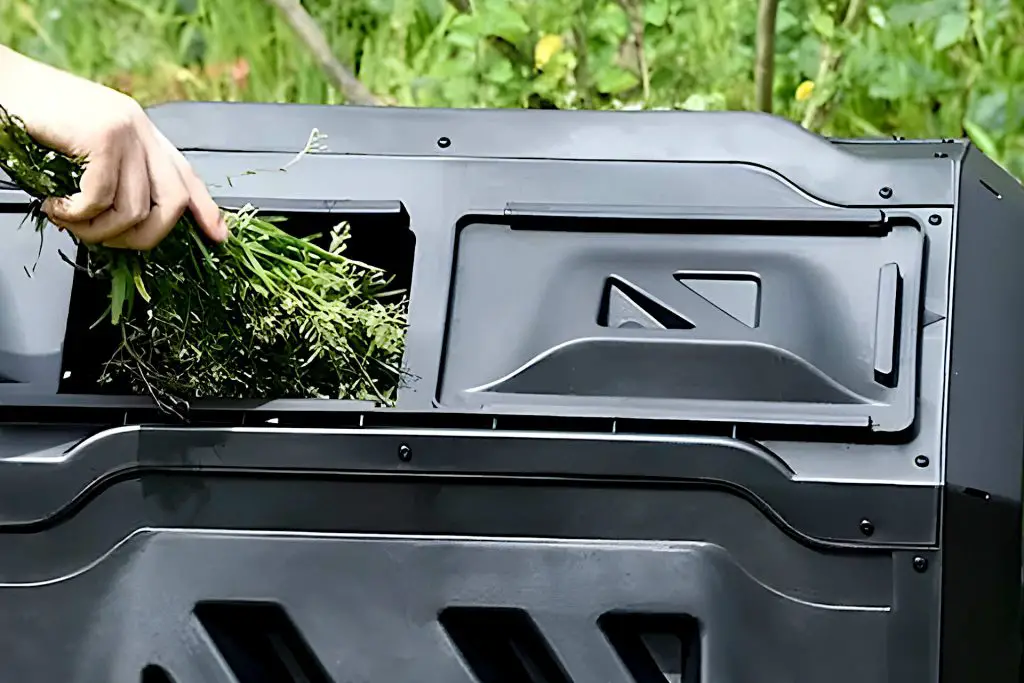
One of the most underused methods of winter composting is the proper use of a compost tumbler. Many gardeners have them but often assume that as with other exterior forms of composting that they suffer from a period of dormancy.
If fact using a compost tumbler during winter is much more efficient than traditional composting methods, such as in a pile or on top of the soil, because it allows you to turn your compost more frequently and evenly. In addition, many compost tumblers come pre-insulated and if they don’t they are far easier to insulate than a compost pile.
The principal downside is that you have to actively turn the tumbler every few days. The turning process allows the pile to aerate, injecting oxygen into the material, the fuel that generates the heap. If you have a thermometer you can more actively gauge the number of times that you will need to turn the tumbler. The better insulated the less this will be.
Trench Composting


If you want to keep your composting process firmly outdoors during winter then one of the best methods that is least affected by the weather would be trench composting. Trench composting or sometimes known as direct composting is one of the oldest forms of composting and replicates the natural soil nitrogen cycle.
In its simplest form, it is a fairly straightforward process. You essentially dig a hole or a trench around a foot deep on a bare patch of ground and you then add your composting materials into the trench. You then fill in the trench with soil.
This makes it a very effective form of composting for the winter. The soil acts as an insulator meaning the heat produced by the reaction between the carbon and nitrogen stays within the trench. In addition, the worms and bugs present in the soil help consume the material, producing castings (rich worm manure).
Its main drawback is that the process is anaerobic and takes time. Generally, you wouldn’t start planting on the trench until the next year and thus, a trench composting system works best with some planning. There are ways though that you can reduce the time it takes. Our article on trench composting winter explains the process in more detail including how to speed up decomposition.
High Fiber Composting
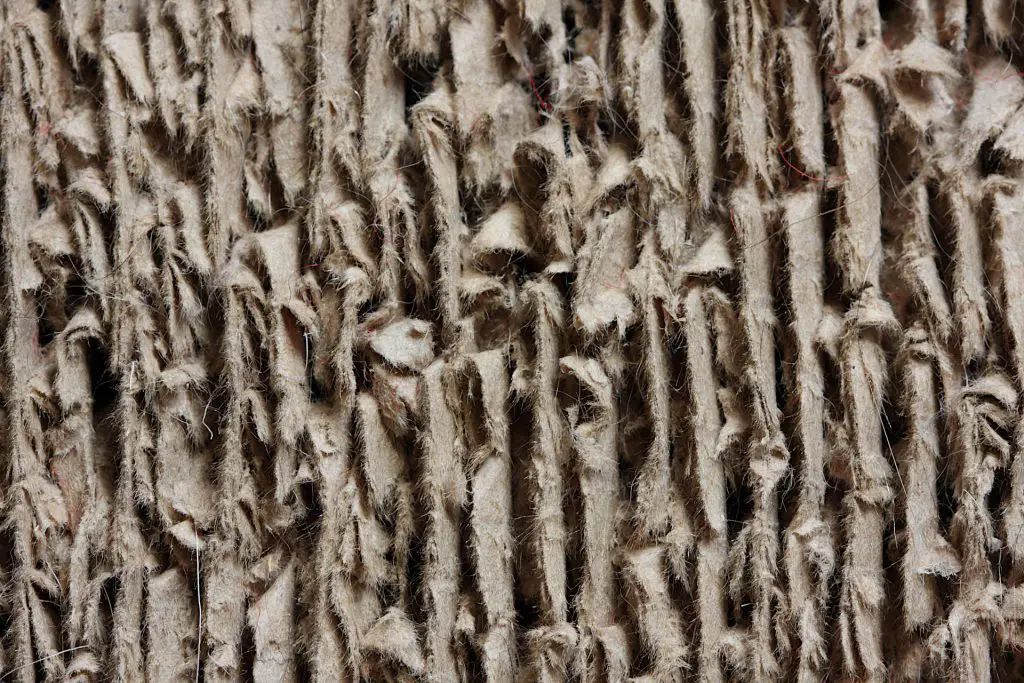

High-fiber composting is an easy form of composting that you can do over winter. It is perfect if you don’t have much or any yard space and doesn’t even require any waste garden material such as leaves or grass clipping. Instead, it makes use of cardboard and paper and is a great way of recycling those amazon delivery boxes.
Peelings from fruit and vegetables are mixed in with shredded cardboard and paper in a container, such as a bucket or a box, to create high-fiber compost. After that, the natural world takes over and uses the carbon and nitrogen present in these materials to kickstart the decomposition process, ultimately resulting in finished compost that you can use on your plants, or in your garden.
The process can be carried out either inside or outside. If you are looking for a nice supply of ready compost for the spring though, then you can leave the box containing the composting material in your garage, shed, greenhouse, or even under your kitchen table. It is quite a controllable process, and if you aerate the box you can produce hums quickly. Find out more about high-fiber composting in our article on the process
Creating Leaf Mold
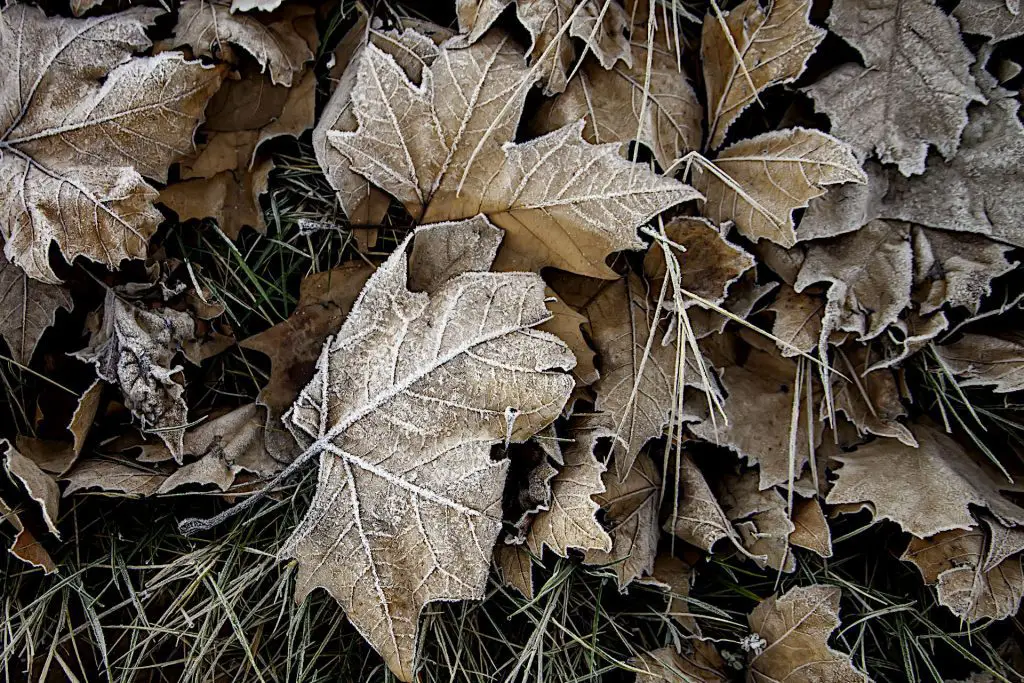

Another great form of winter composting is creating leaf mold. Leaf mold is a simple, passive composting process that allows anybody to create high-quality soil amendment in between 6 to 12 months.
Essentially, you collect fall leaves and put them in a pile without any other organic materials such as vegetable peelings. This process can be done by just creating a compost pile of leaves which will decompose slowly over the course of a year. A more effective and far faster method though is the bagging method. This can provide finished leaf mold in around six months. Discover more about creating leaf mold quickly
Over time, the leaves will break down into humus which improves both the soil structure and health. By doing this alone or as part of a larger backyard composting project, you can help improve your garden’s soils overall fertility and ecology
Vermicomposting
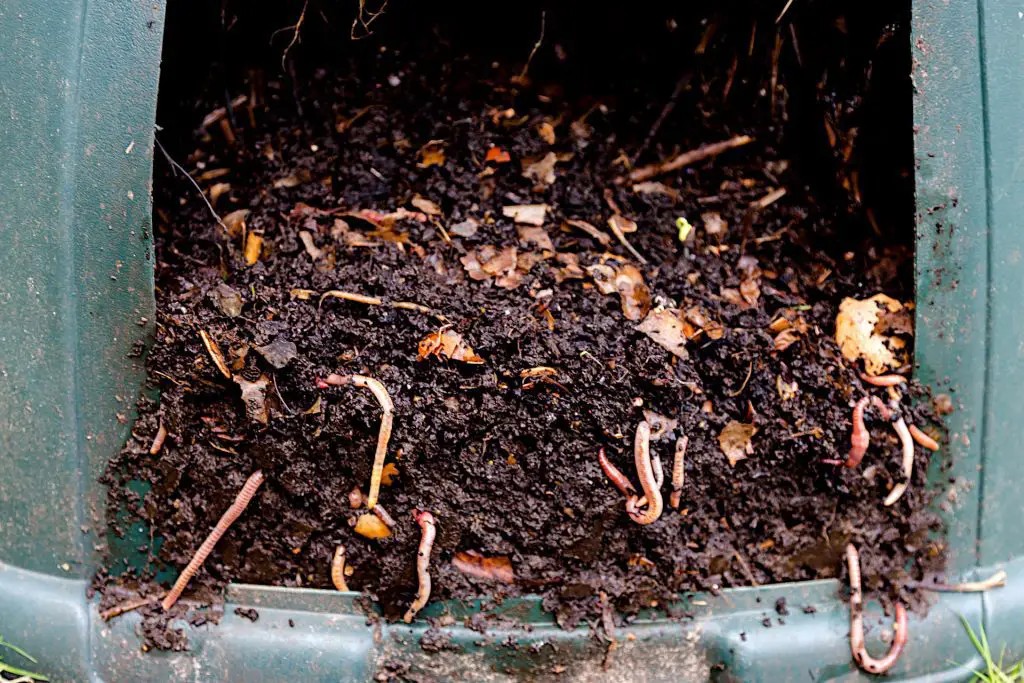

One of the best ways to compost over winter is to use the vermicomposting process. Vermicomposting, also known as worm composting, is a straightforward method that uses earthworms as an aid in the transformation of biodegradable waste into organic fertilizer.
Worms consume food scraps, which then transform into compost as they pass through the worm’s digestive tract and expel manure, which is generally referred to as worm casting. The humus produced contains a higher amount of nutrients than finished compost produced by other methods.
The process is particularly adaptable to winter composting as it is fast with a worm consuming more than half its body weight in organic material every day. Once set up requires very little work or managing, and can be easily done inside in your kitchen, garage, or shed. Learn more about the benefits of vermicomposting. in our article on the subject.
Bucket Composting
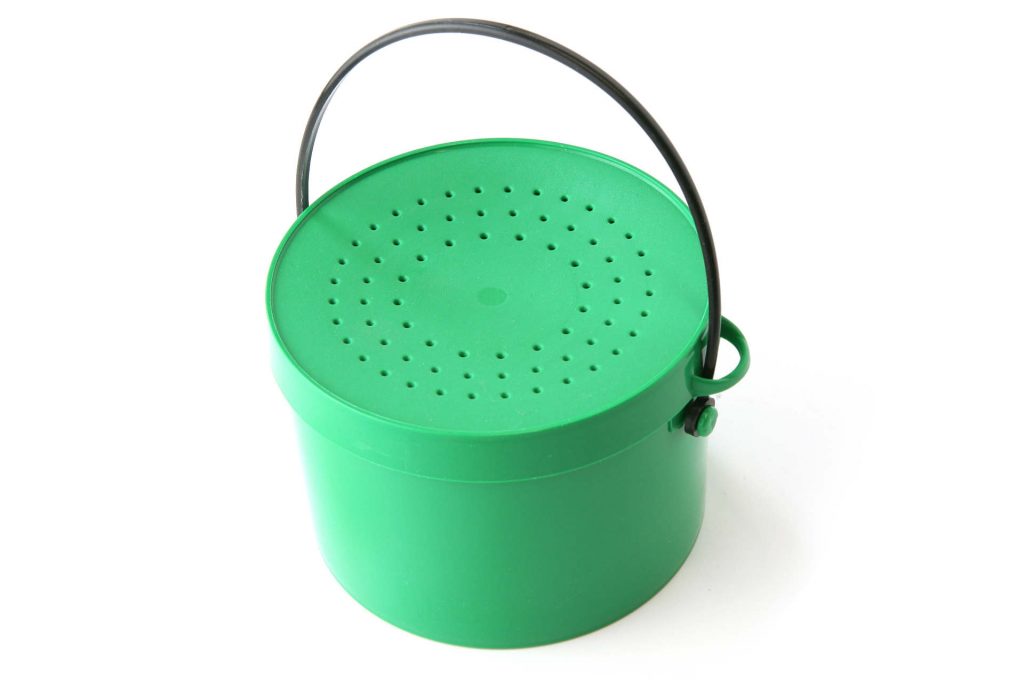

Bucket composting is a simple, yet effective way to recycle food waste is becoming more and more popular these days, as it offers many benefits that traditional composting can’t. It is an anaerobic decomposition method, using a fermentation process to break down the organic material.
Being a closed process it can decompose materials such as meat and dairy products that can’t normally be composted easily in a traditional compost pile. Its other key advantages are that the process is very quick – it takes between three to four weeks to produce finished compost and can be done in any location, regardless of the weather conditions. This makes bucket composting an excellent way to compost when the colder weather hits.
There are downsides to the process. You need an activator, such as Bokashi bran, a concentration of bacteria and microbes, to break down the material. This can be expensive. In addition, it is usually for nitrogen-rich materials, such as food scraps. High-carbon materials, like paper, cardboard, and wood chips are not suitable. You can, though, compost leaves, together with nitrogen-rich materials.
If you want to know about the fermentation process and what and how to use it to its best advantage, our main article on bucket composting explains the process in far greater detail.
Tips to ensure your organic material turns into Finished Compost Fast
No matter which form of composting you use the basics of composting will still apply in most cases. With the exception of producing leaf mold or using the bucket composting process, it is essential to get the carbon-to-nitrogen ratio correct. In addition, it is important to reduce your organic material to the smallest sizes possible, by shredding them, before you begin the composting process.

